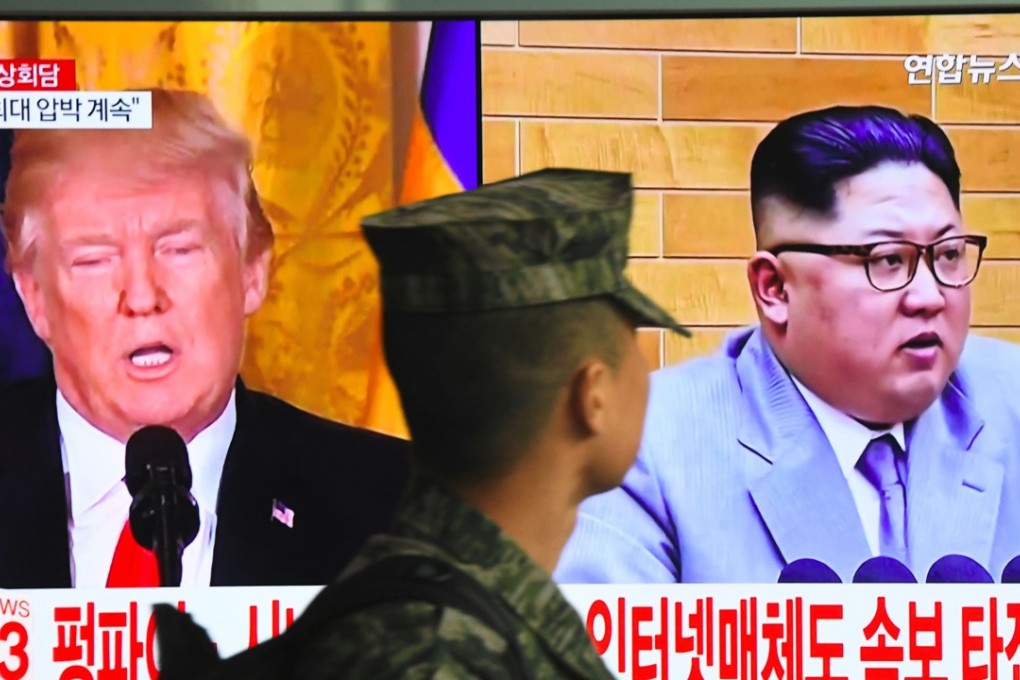On Reflection | Trump is meeting Kim, so what? We may be headed for nuclear war
The line between peace and a nuclear war in northeast Asia remains as thin as ever. The only (near) certainty is that North Korea will not make it through this century

The answer: most definitely.
This logic could indeed be couched as ‘the 60-year law’ – to wit, that modern states last an average of about 60 years, after which they disappear or transform unrecognisably through war or constitutional collapse, or both.
According to this law, North Korea, which has now been in existence for 70 years, is past due for an existential crisis. And to be fair, so is the United States.

It is worth recalling that no one in the old East Germany, which lasted but 41 years, expected that country to collapse when it did, or for the reunification with West Germany – also lasting 41 years, for all practical intents and purposes – to have taken place so precipitously. And the collapse of the Soviet Union, after 70 years, might have been persuasively explained in Yegor Gaidar’s excellent monograph, Death of an Empire, but it occurred much faster and, for the most part, more bloodlessly than anyone, Soviet or other, could have predicted.

